Capital proves allusive to address power woes
Heavyweight state-owned power producers have been crippled by a severe dearth of capital to move on with new electricity generation projects.
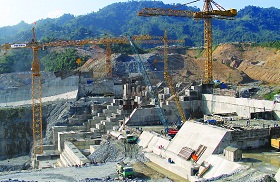 Capital intensive power projects cannot be engineered overnight to address the electricity shortages |
EVN planned to build six new power plants with an accumulative capacity of 5,400 megawatts in 2010, which include the 1,200MW Mong Duong 1 coal-fired power plant, the 1,200MW Lai Chau hydropower plant, the 1,000MW Duyen Hai 1 coal-fired power plant, the 600MW Nghi Son 1 coal-fired power plant, the 1,244MW Vinh Tan 2 coal-fired power plant and the 156MW Song Bung 4 hydropower plant.
The group has also planned for the construction of two 500-kilovolt transmission networks and some other transmission lines with smaller capacities by the end of this year.
EVN’s board chairman Dao Van Hung said the group was able to start the construction of only two plants - the Song Bung 4 and Nghi Son 1, which jointly cost more than VND27 trillion ($1.42 billion).
Both projects have been carried out with soft loans from official development assistance (ODA) packages provided by the Japanese government and the Asian Development Bank.
“We are really facing a deadlock in sourcing capital for new power projects, particularly this time when the global economy remains gloomy,” Hung said.
EVN’s deputy general director Dau Duc Khoi said many big power projects had remained on paper because of capital shortages. “During 2006-2015, EVN needs around $33 billion for power plant development. However, the group is able to arrange about $20 billion, or 60 per cent of the demand,” Khoi said.
PetroVietnam, which now owns seven power projects worth $10 billion, also complained that it was hard to seek loans from commercial banks as they were tightening credit lines.
“Many commercial banks are also uninterested to provide credits for power projects, which they consider to have low investment efficiency [because of low power tariff],” said Dinh Thai Ha, deputy head of PVN’s Financial and Accounting Department.
The majority of power investors in Vietnam, both local and foreign-invested firms, said low power tariff was a major cause making them hard to seek loans from domestic and international financial institutions, beside other reasons such as land clearance.
“Power investors will get benefit if they can sell their electricity at 7-8 US cents per kWh, which is also reasonable to persuade banks to provide them loans to carry out such projects,” Hung said.
“Vietnam’s current average power tariff of 5-5.3 US cents per kWh is much lower than other regional countries’,” he noted.
Tran Xuan Hoa, general director of Vinacomin - also big state-run coal-fired power plant developer, said low power prices had discouraged investors. “The situation will become more serious if we are not aware of the problem,” Hoa said.
Many said that to address capital shortages for power production, a move towards a more market-oriented power price structure and a competitive distribution network was urgent.
What the stars mean:
★ Poor ★ ★ Promising ★★★ Good ★★★★ Very good ★★★★★ Exceptional
Related Contents
Latest News
More News
- Mitsubishi Estate launches Logicross Hai Phong - a milestone in logistics evolution (November 20, 2024 | 14:32)
- Semiconductor workforce partnerships deliver industry-relevant training (November 20, 2024 | 10:58)
- German Quickpack to invest $31.7 million in Long An province (November 20, 2024 | 09:31)
- Foreign-invested enterprises drive logistics investment in the southeast region (November 20, 2024 | 09:27)
- Chile visit underscores trade benefits (November 19, 2024 | 10:00)
- Trump’s second term impacts sci-tech activities and industry 4.0 technologies (November 18, 2024 | 10:00)
- Vietnam eyes nuclear revival to bolster energy security (November 14, 2024 | 16:46)
- Kyokuyo completes $13.5 million seafood factory in Vietnam (November 14, 2024 | 12:19)
- VinFast receives $3.5 billion funding from Vingroup and Pham Nhat Vuong (November 14, 2024 | 06:38)
- Localities sprint to reach FDI targets (November 13, 2024 | 10:00)


 Tag:
Tag: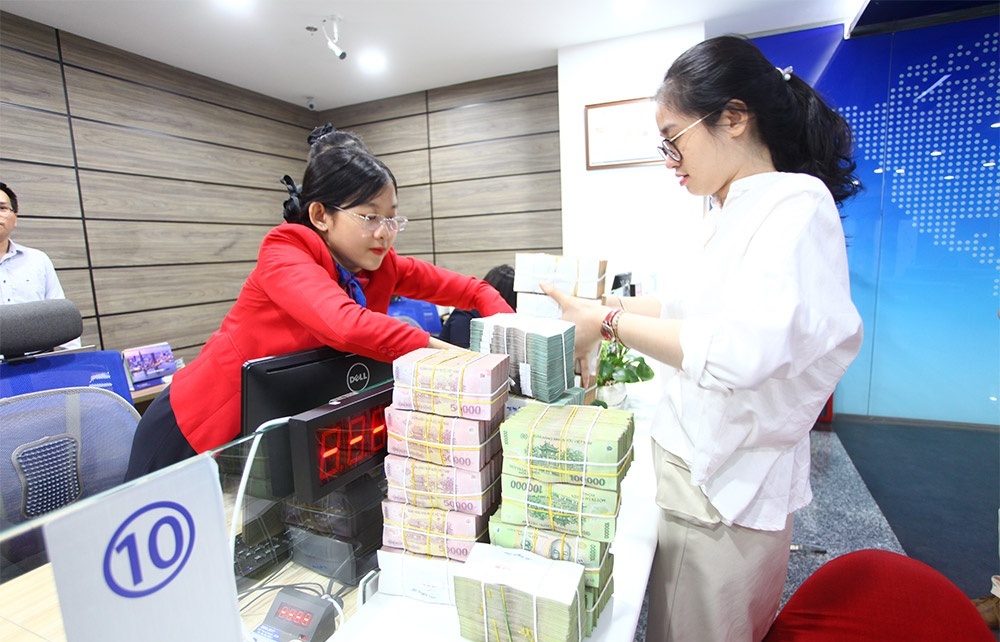
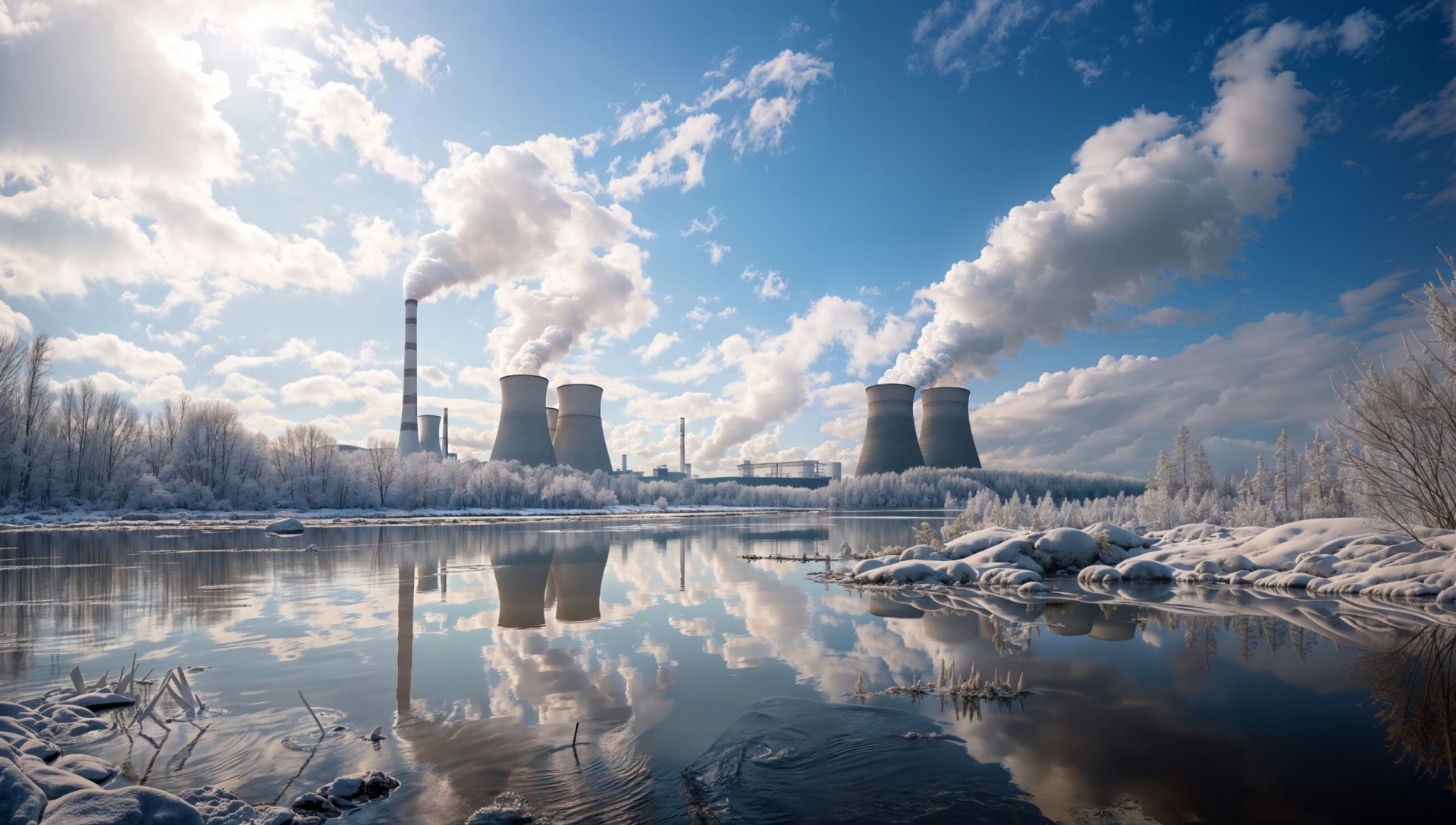
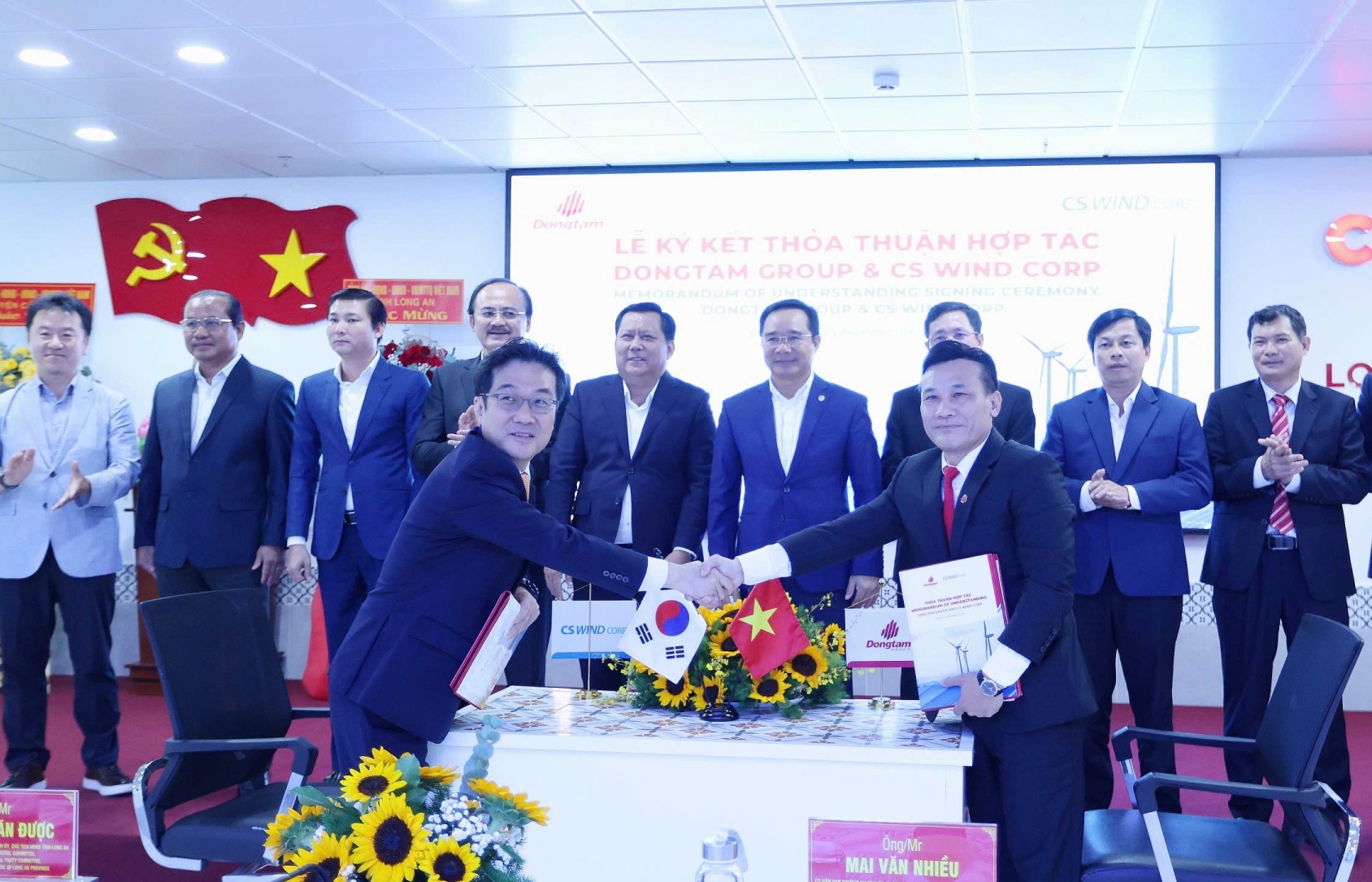

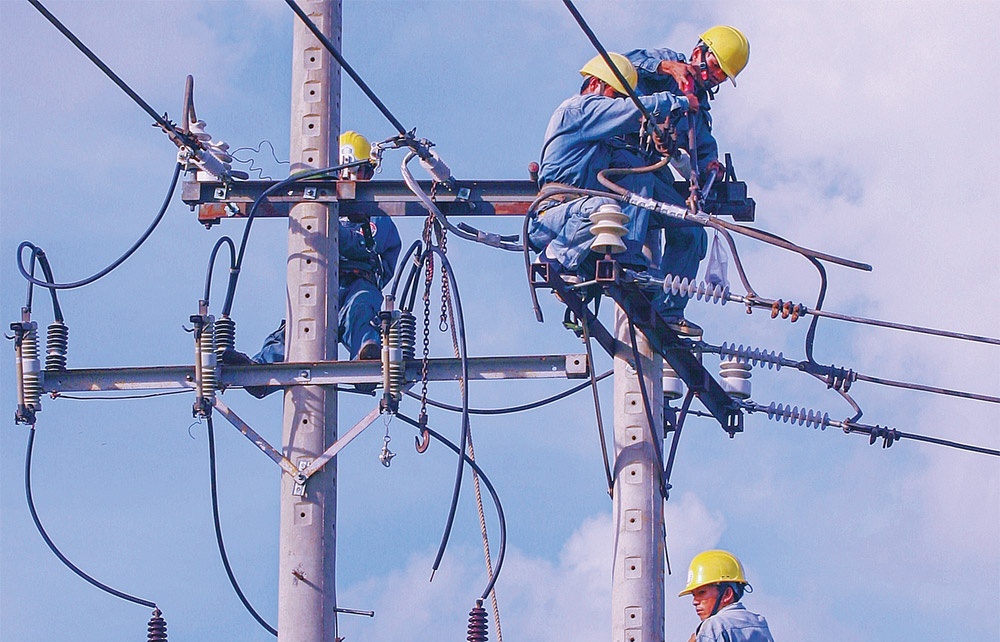














 Mobile Version
Mobile Version